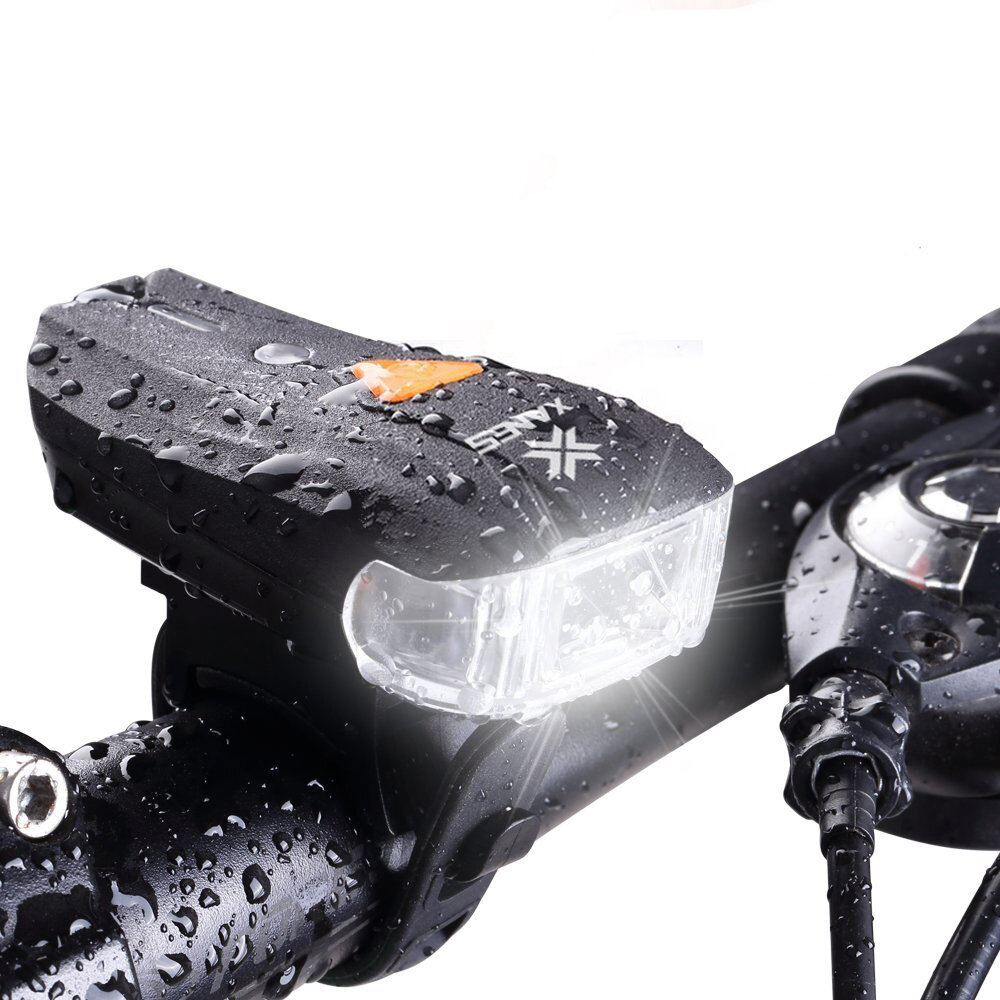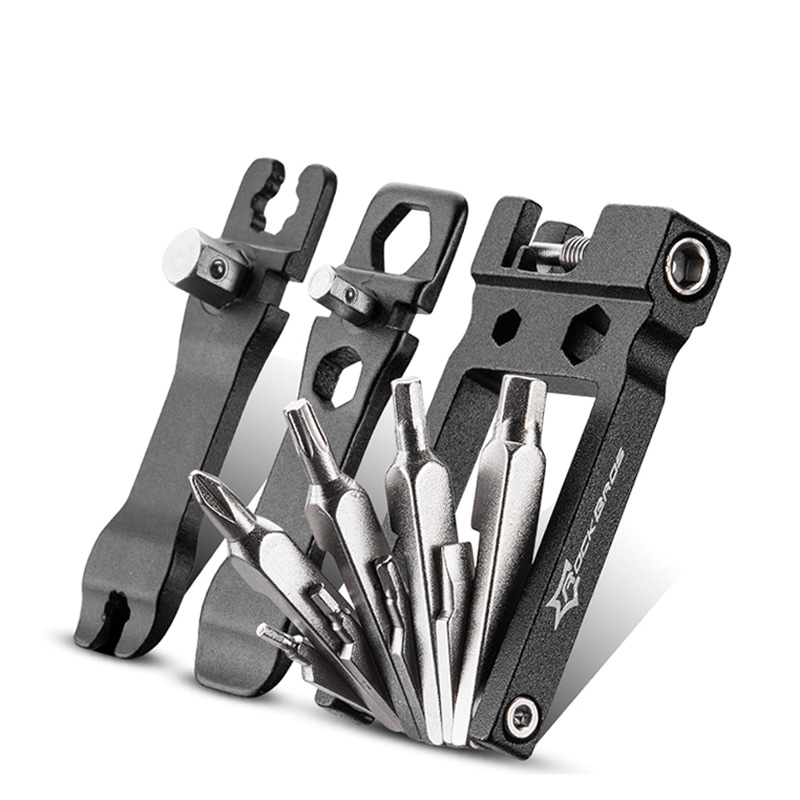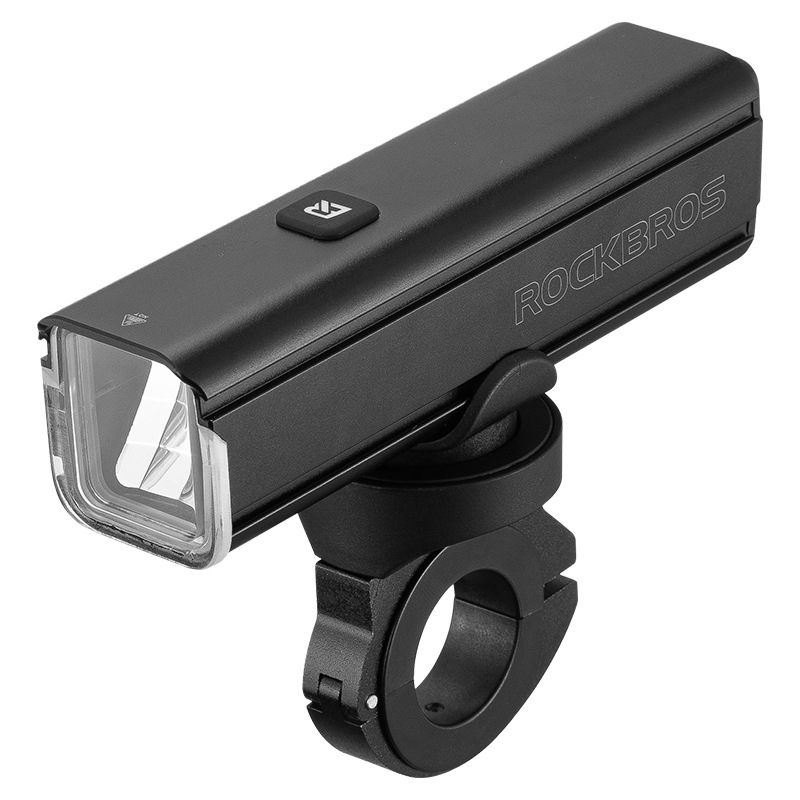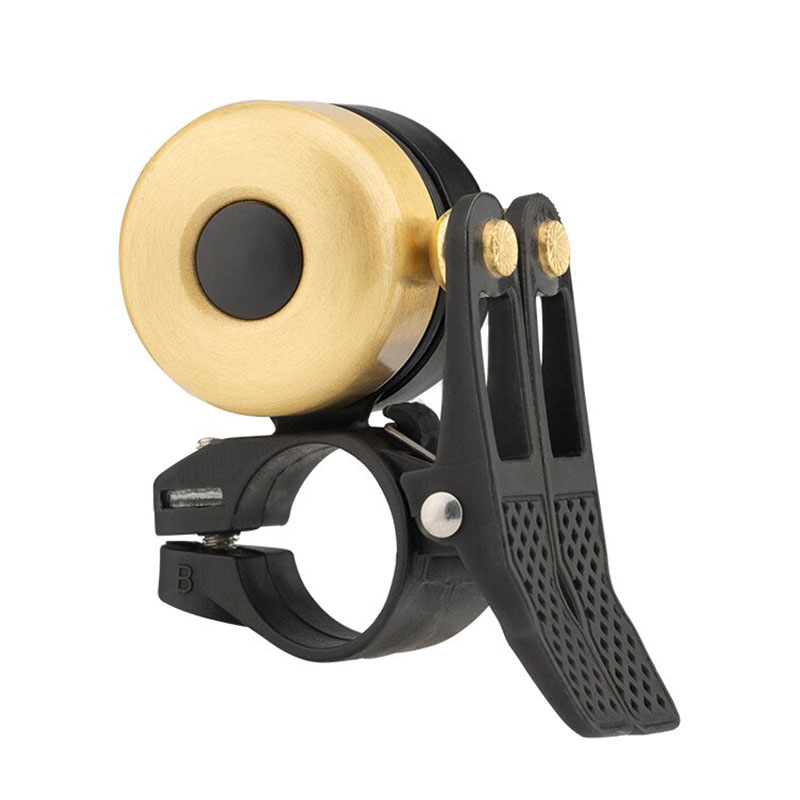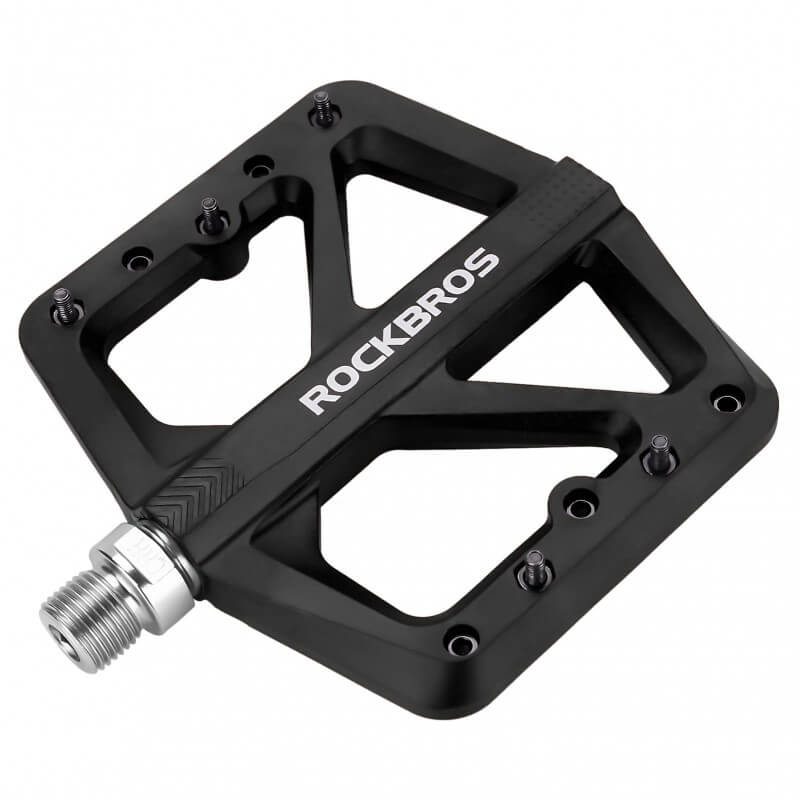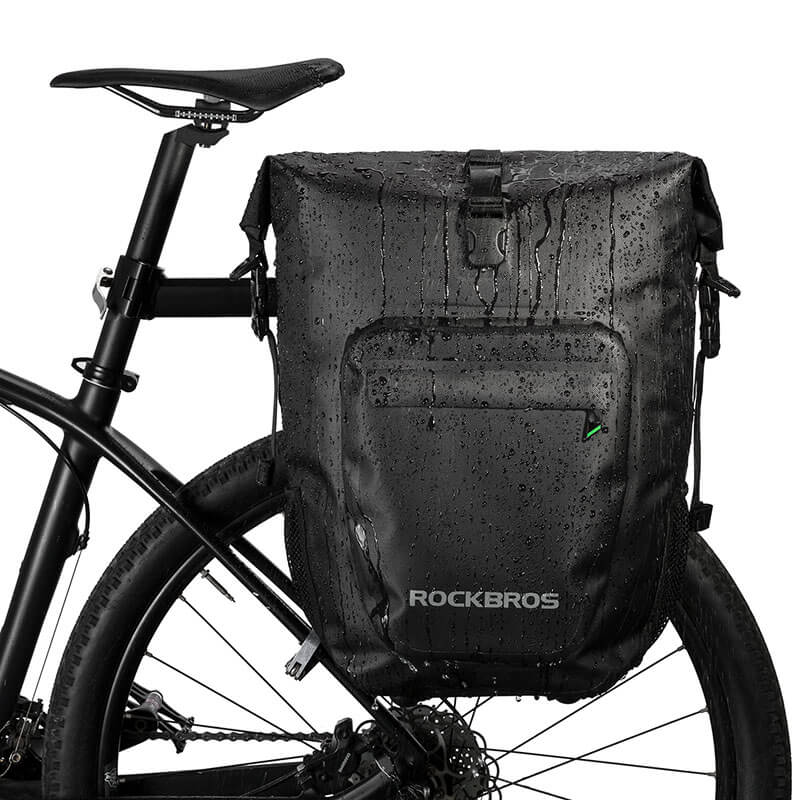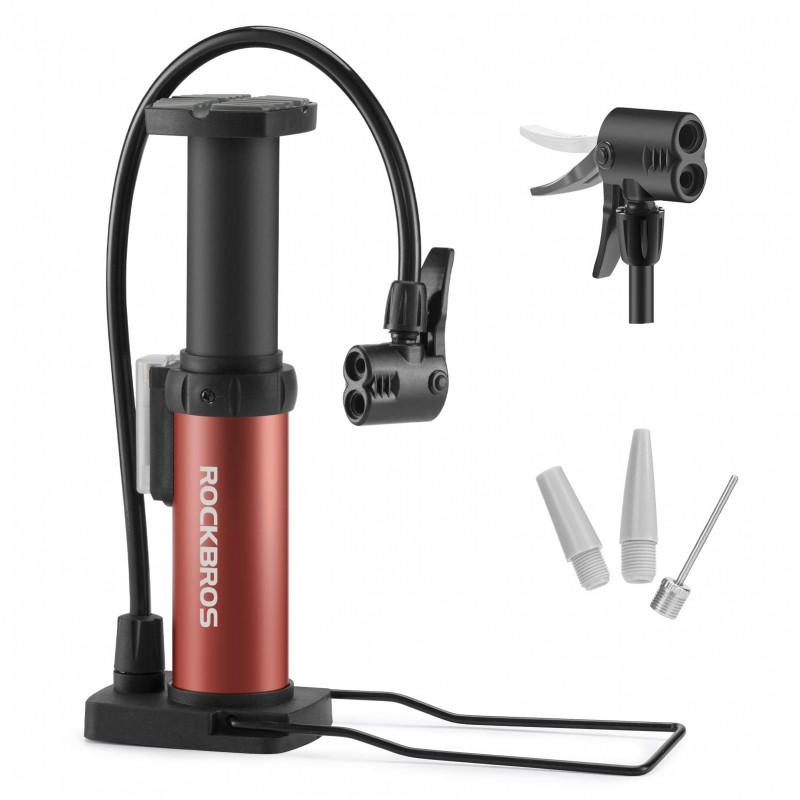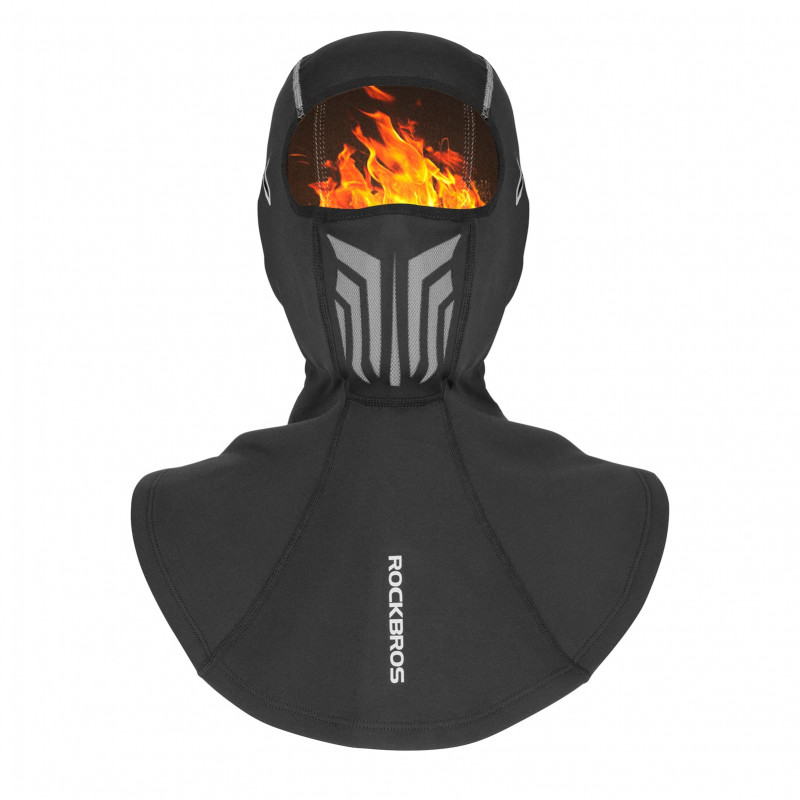Upgrading Your Mountain Bike Wheels: Enhancing Speed and Control

When it comes to upgrading your mountain bike, one component that can significantly impact both speed and control is the wheels. Upgrading your mountain bike wheels can provide a noticeable improvement in performance and enhance your overall riding experience. In this article, we will explore the various aspects you need to consider when upgrading your mountain bike wheels to maximize speed and control on the trails.
Introduction
Mountain biking is a thrilling outdoor activity that requires specialized equipment for optimal performance. The wheels of your mountain bike play a crucial role in determining how it handles different terrains and how efficiently it transfers power. Upgrading your mountain bike wheels can lead to improved speed, enhanced control, and better maneuverability, allowing you to push your limits and take on more challenging trails.
Importance of Upgrading Mountain Bike Wheels
Investing in high-quality wheels is a worthwhile upgrade for any mountain biker. Upgraded wheels can offer benefits such as increased speed, better traction, improved stability, reduced rolling resistance, and enhanced durability. By upgrading your wheels, you can unlock the full potential of your bike and enjoy a more enjoyable and rewarding riding experience.
Factors to Consider Before Upgrading
Before diving into the world of mountain bike wheels, there are several factors you should consider to ensure you make the right choice for your riding style and preferences.
Riding Style and Terrain
Your riding style and the type of terrain you frequently encounter should guide your wheel upgrade decisions. For example, if you enjoy aggressive downhill riding, you may prioritize strength and durability over weight savings. On the other hand, if you prefer cross-country trails, a lighter weight wheelset with faster rolling capabilities might be more suitable.
Budget and Cost
Upgrading your mountain bike wheels can vary significantly in terms of cost. It's essential to establish a budget and determine how much you're willing to invest in your upgrade. While high-end carbon fiber wheels may offer exceptional performance, they often come with a hefty price tag. Consider your budget and weigh it against the performance benefits you seek to find the right balance.
Compatibility with Bike Frame
Not all wheels are compatible with every bike frame. Before making a purchase, ensure that the wheels you choose are compatible with your bike's frame, axle standards, and brake type. Check the manufacturer's specifications or consult with a bike shop to ensure a proper fit and avoid compatibility issues.
Choosing the Right Wheel Size
The wheel size you choose can significantly impact your riding experience. The three most common wheel sizes for mountain bikes are:
26-inch Wheels
Traditional 26-inch wheels were once the standard for mountain bikes. They offer excellent maneuverability and are typically lighter in weight. However, they are gradually being phased out in favor of larger wheel sizes.
27.5-inch (650B) Wheels
The 27.5-inch wheels, also known as 650B, have gained popularity due to their versatility. They strike a balance between the nimbleness of 26-inch wheels and the rolling efficiency of 29-inch wheels. They offer improved traction and smooth rollover capabilities, making them suitable for a wide range of trail conditions.
29-inch Wheels
29-inch wheels have become the go-to choice for many mountain bikers. They roll over obstacles more easily, provide better traction, and maintain momentum effectively. They are particularly advantageous for cross-country and endurance riding, offering improved stability and faster rolling speeds.
Understanding Wheel Materials
Mountain bike wheels are typically made from two main materials: aluminum and carbon fiber. Each material has its own set of characteristics and performance benefits.
Aluminum Wheels
Aluminum wheels are known for their durability and affordability. They provide a good balance between strength and weight, making them a popular choice for riders on a budget or those seeking reliability in challenging trail conditions. Aluminum wheels are often more resistant to impacts and dents, making them suitable for aggressive riding styles.
Carbon Fiber Wheels
Carbon fiber wheels are the pinnacle of performance when it comes to mountain biking. They offer a significant weight reduction, increased stiffness, and enhanced responsiveness. Carbon fiber wheels can provide a noticeable improvement in acceleration and overall bike handling. However, they tend to come at a higher price point.
Exploring Different Rim Widths
The rim width of your mountain bike wheels can impact tire performance and overall ride quality. Wider rims offer several advantages, such as better tire stability, increased volume for improved traction, and reduced rolling resistance. They also allow for lower tire pressures, enhancing comfort and control on rough terrain. However, it's important to consider the compatibility of wider rims with your bike frame and tire clearance.
Benefits of Tubeless Tires
Tubeless tires have gained popularity in the mountain biking community due to their numerous benefits. By removing the inner tube and using a special sealant, tubeless tires offer improved puncture resistance and reduced overall weight. They can be run at lower tire pressures, providing better traction and a smoother ride. Additionally, tubeless setups are less prone to pinch flats, allowing riders to confidently tackle rough trails without worrying about sudden deflations.
Selecting the Appropriate Tread Pattern
The tread pattern of your mountain bike tires plays a crucial role in determining traction and control on different surfaces. There are various tread patterns available, each designed to excel in specific trail conditions.
For loose and muddy terrain, a tread pattern with aggressive knobs and deep spacing between them is ideal. This allows the tire to dig into the ground and provide maximum grip.
On hardpacked trails, a tread pattern with closely spaced knobs and a smoother centerline offers lower rolling resistance while maintaining adequate traction during cornering.
For a mix of terrains, an all-around tread pattern with medium-sized knobs and a balanced spacing provides versatility and good performance in various conditions.
Consider the predominant trail conditions you ride in and choose a tread pattern that suits your riding style and terrain preferences.
Balancing Weight and Durability
When upgrading your mountain bike wheels, it's crucial to strike a balance between weight and durability. Lighter wheels can enhance acceleration and maneuverability, especially during climbs and technical sections. However, they may be less durable and more prone to damage from rough trails or impacts.
On the other hand, opting for more durable wheels can provide peace of mind when riding aggressive terrain but may sacrifice some weight savings and responsiveness.
Consider your riding style, the type of trails you frequent, and your personal preferences to determine the ideal balance between weight and durability for your upgraded wheels.
Upgrading Wheel Hubs
Wheel hubs play a significant role in the overall performance of your mountain bike wheels. They house the bearings that allow the wheels to spin smoothly. Upgrading to high-quality hubs can improve rolling efficiency, reduce friction, and enhance power transfer.
Look for hubs with sealed cartridge bearings, as they provide better protection against dirt and moisture, leading to increased longevity. Additionally, hubs with fast-engaging freehubs can deliver quicker power transmission, allowing for faster acceleration and improved responsiveness.
The Role of Spokes and Nipples
Spokes and nipples are often overlooked components of mountain bike wheels, but they are vital for wheel strength and stability. Upgrading to stronger, lightweight spokes made from materials like stainless steel or titanium can improve overall wheel stiffness and durability.
Nipples, which connect the spokes to the rim, also come in different materials and designs. Brass nipples are generally more durable and corrosion-resistant, while aluminum nipples can save a little weight but may require more frequent maintenance.
Consider upgrading to high-quality spokes and nipples to ensure a strong and reliable wheelset.
Optimal Tire Pressure for Performance
Finding the right tire pressure for your mountain bike can significantly impact performance and ride quality. The optimal tire pressure depends on various factors such as rider weight, trail conditions, and tire width.
Higher tire pressures offer lower rolling resistance and faster speeds on smoother surfaces. However, they can result in a harsher ride and reduced traction on rough terrain.
Lower tire pressures provide increased traction, better shock absorption, and improved cornering grip. However, excessively low pressures can increase the risk of pinch flats and make the tire more susceptible to burping or rolling off the rim.
Experiment with different tire pressures based on your weight, riding style, and trail conditions to find the sweet spot that maximizes performance and comfort.
Enhancing Speed with Aerodynamic Wheels
Aerodynamic wheels can significantly improve speed, especially in flat or rolling terrain. These wheels feature deeper rim profiles and streamlined shapes, reducing drag and increasing aerodynamic efficiency. By cutting through the air more effectively, aerodynamic wheels allow you to maintain higher speeds with less effort.
However, it's important to note that aerodynamic gains may come at the expense of some weight and handling characteristics. Consider your riding style and the types of trails you frequent before investing in aerodynamic wheels, as they are most beneficial in situations where speed is a priority.
Improving Control with Disc Brakes
Upgrading to disc brakes can significantly enhance your control and braking performance on the trails. Disc brakes provide superior stopping power, especially in wet and muddy conditions, compared to traditional rim brakes. They offer consistent and reliable braking performance, allowing you to modulate your speed with precision.
Disc brakes come in two main types: hydraulic and mechanical. Hydraulic disc brakes offer better modulation and require less hand effort, providing a smoother and more responsive braking experience. Mechanical disc brakes, on the other hand, are easier to maintain and repair, making them a suitable option for riders who prefer a DIY approach.
Consider upgrading to disc brakes if you frequently ride in challenging terrain or desire improved braking performance for added safety and control.
Conclusion
Upgrading your mountain bike wheels is a worthwhile investment that can significantly enhance your riding experience. By considering factors such as riding style, terrain, wheel size, materials, tread patterns, and components like hubs, spokes, and nipples, you can tailor your wheel upgrade to maximize speed and control on the trails.
Choose the right combination of wheel components that align with your preferences and budget. Whether you prioritize lightweight performance, durability, aerodynamics, or improved braking, there are options available to suit your needs.
Remember to experiment with tire pressure and find the optimal setting that balances traction, comfort, and performance. Additionally, consider upgrading to tubeless tires for better puncture resistance and overall trail confidence.
With upgraded mountain bike wheels, you'll be able to tackle challenging trails with improved speed, control, and maneuverability, unlocking the full potential of your riding adventures.
Frequently Asked Questions (FAQs)
Q: How often should I upgrade my mountain bike wheels?
A: There is no set timeframe for upgrading wheels. It depends on your riding style, frequency, and personal preferences. If you're experiencing significant performance limitations or your current wheels are damaged, it might be time to consider an upgrade.
Q: Can I upgrade my mountain bike wheels by myself?
A: Yes, wheel upgrades can be done at home if you have the necessary tools and mechanical skills. However, for more complex tasks like building custom wheels or adjusting disc brakes, it's recommended to seek professional assistance.
Q: Are carbon fiber wheels worth the investment?
A: Carbon fiber wheels offer exceptional performance benefits, but they come at a higher price point. Consider your budget and riding goals. If you prioritize weight savings and responsiveness, carbon fiber wheels can be a worthwhile investment.
Q: How do I determine the right tire pressure for my mountain bike?
A: Tire pressure depends on various factors such as rider weight, trail conditions, and tire width. Start with manufacturer recommendations and adjust based on personal preference and terrain feedback. Experimentation is key to finding the optimal tire pressure for your riding style.
Q: Can I use different wheel sizes on my mountain bike?
A: It's essential to check your bike frame's compatibility with different wheel sizes. Some frames are designed for specific wheel sizes, and using incompatible sizes can affect handling and performance. Consult your bike manufacturer or a professional bike shop for guidance.
Now that you have a comprehensive understanding of upgrading your mountain bike wheels for enhanced speed and control, take the next step to elevate your riding experience. Upgrade your wheels and hit the trails with confidence and improved performance.
